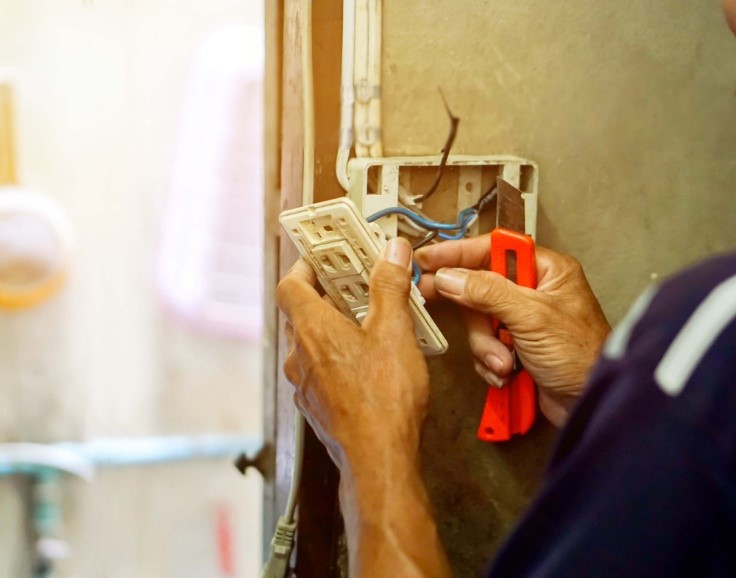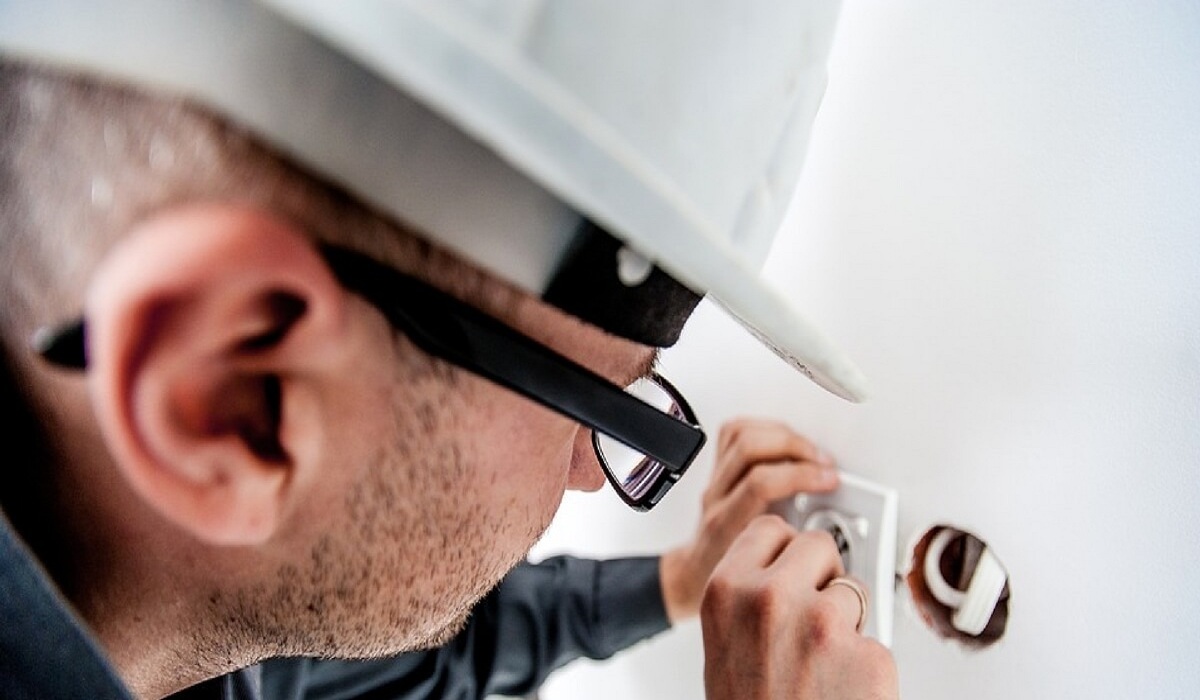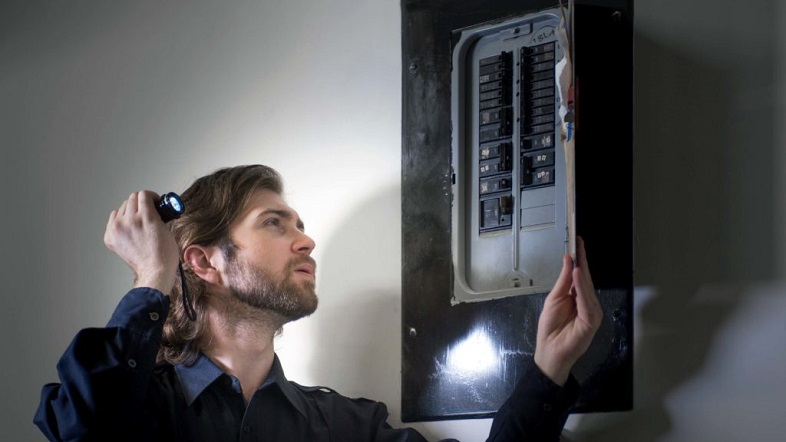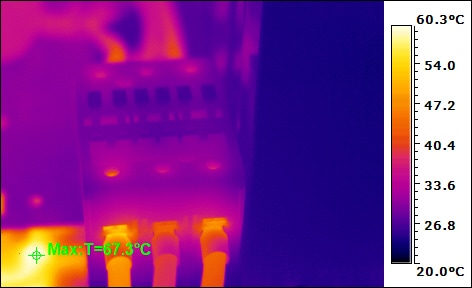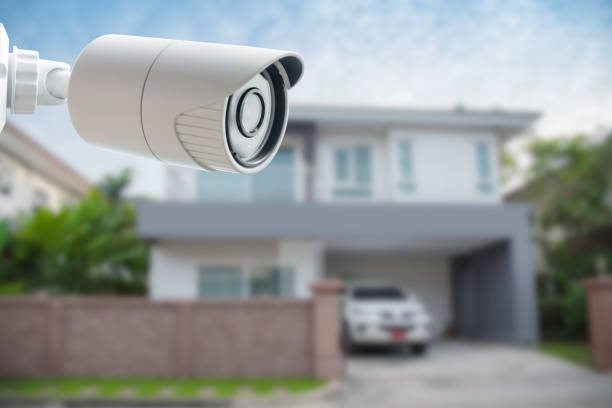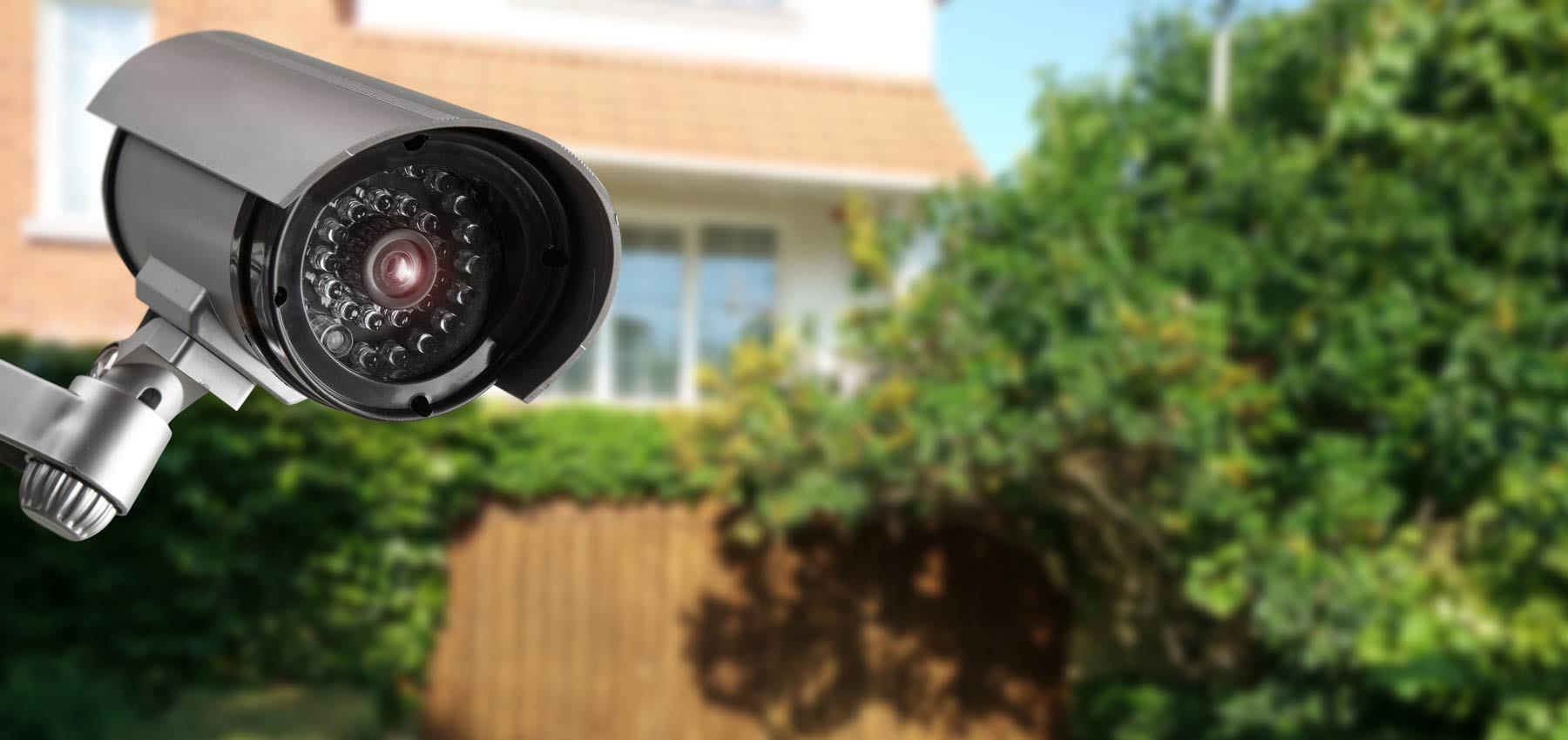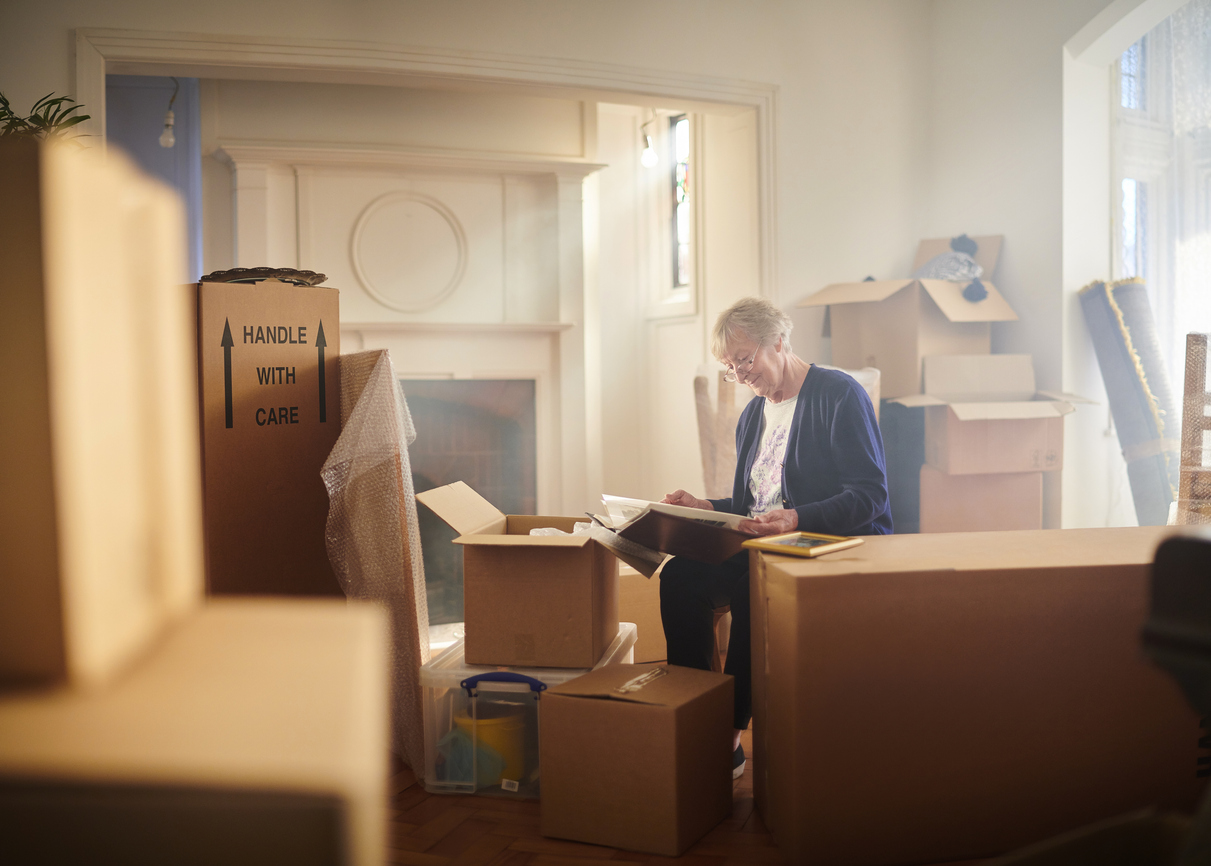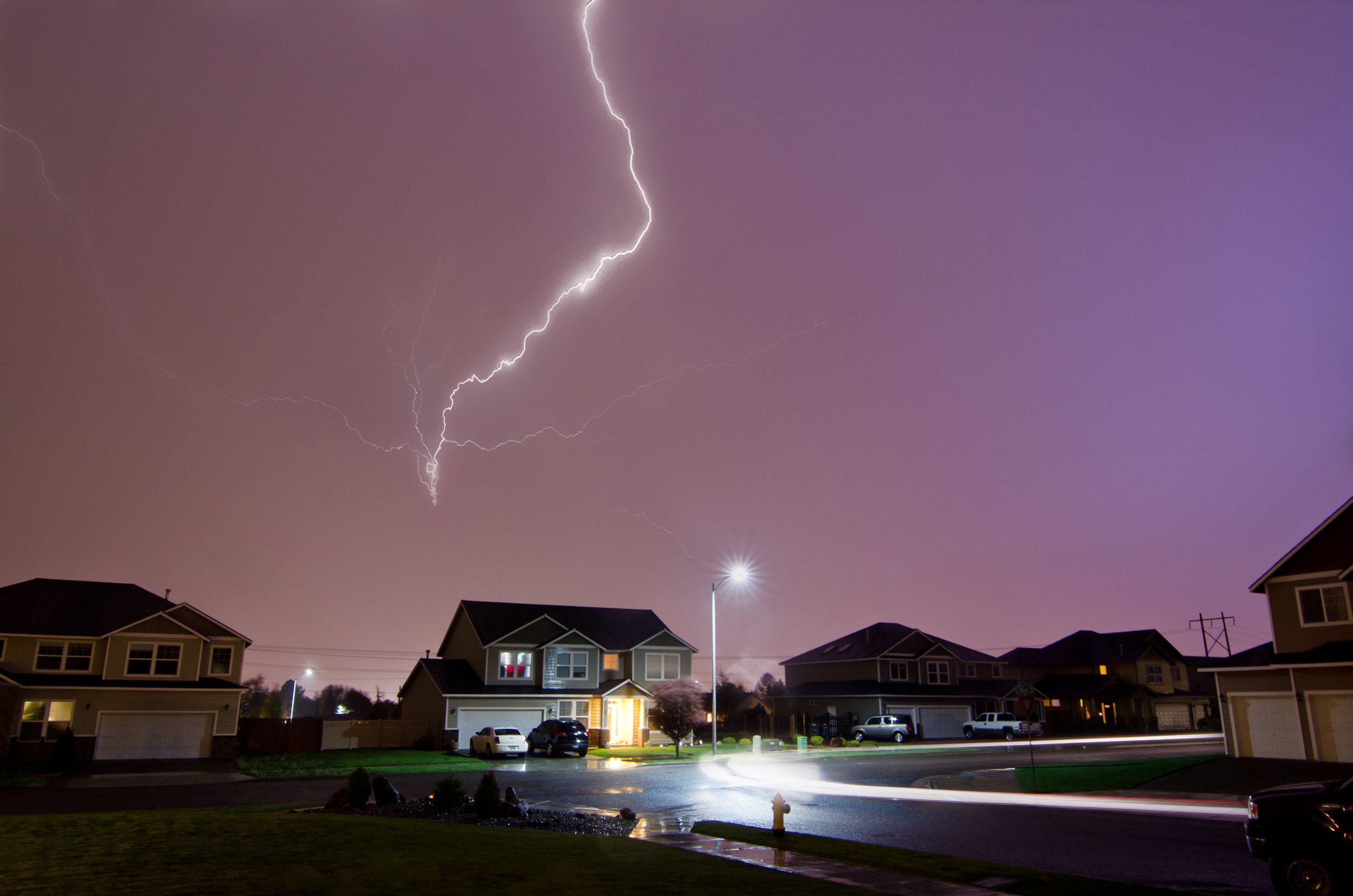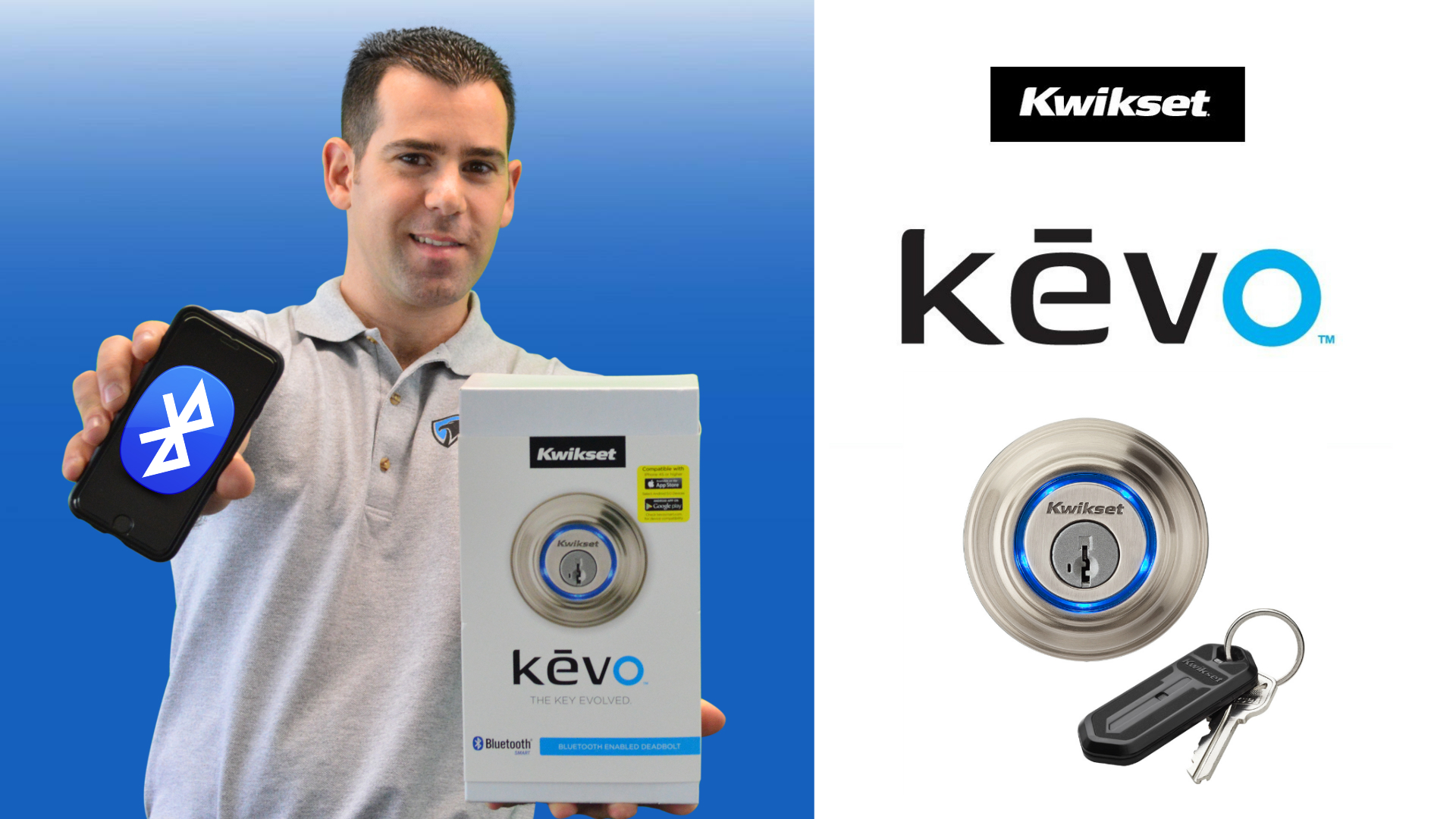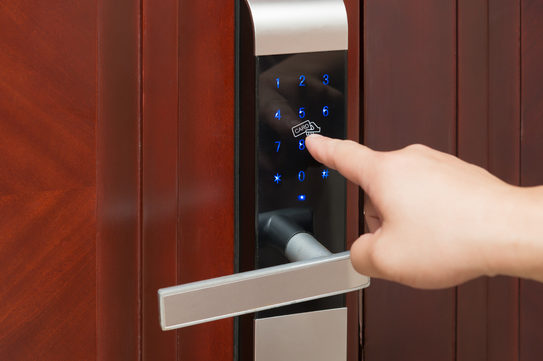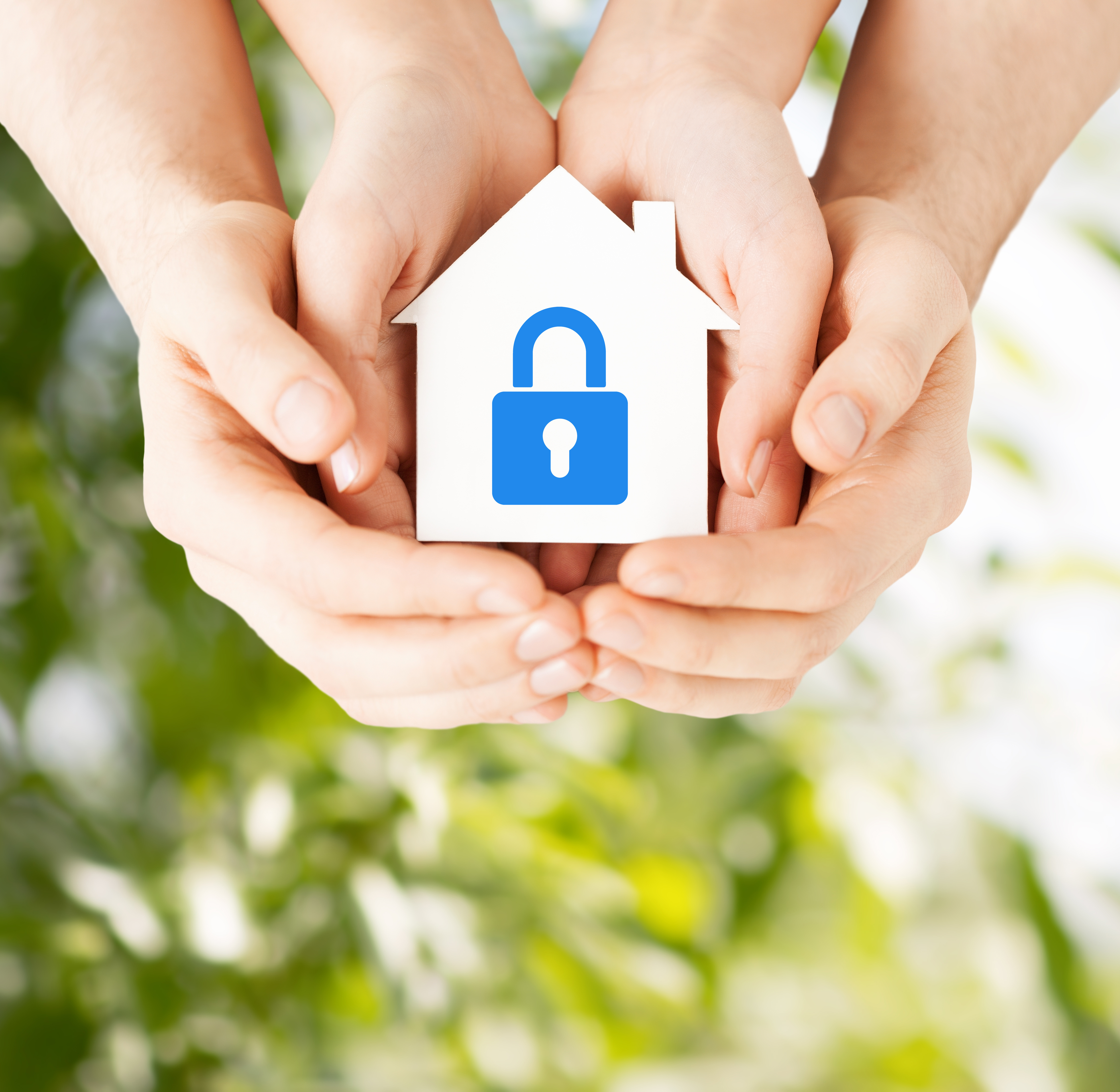The number of Aussie homes that have installed life-saving safety switches has been on the rise over the past two decades; however, not all homes have safety switches installed. As of today, about 64% of homes have safety switches installed. Among those who have installed safety switches, around 27% have safety switches installed on power outlet circuits and 37% have fitted on power and light circuits. Although this is a good start for thinking about safety, an electrical fault could take place on any circuit, which includes hot water, air conditioning, oven, stove, lighting and power outlets. Thus, most homes would need to have at least four safety switches installed for getting full protection.
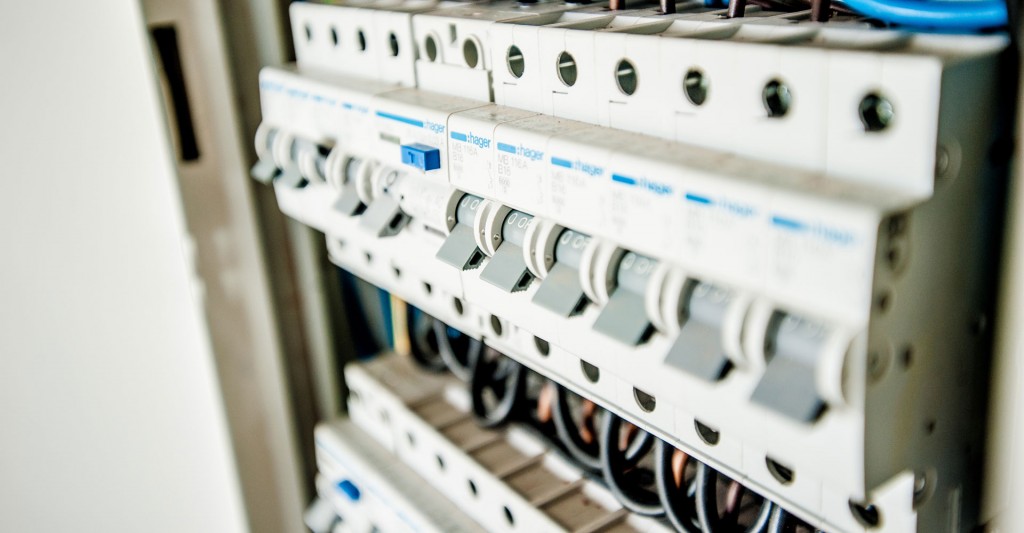
What’s a Safety Switch?
A safety switch is a device that swiftly switches off the power supply in the event when an electrical fault is discovered to reduce the danger of electricity-related electric shock, injury, fires and death.
How Many Types of Safety Switches are there?
Safety switches come in four major types explained as follows:
- Power-Point Safety Switches: Power-point safety switches are fixed to particular power points and are ideal for shielding appliances in areas like bathrooms or workshops.
- Portable Safety Switches: Portable safety switches can be joined to an extension lead or a power board to guard the appliances that are associated with them (i.e. power tools are used outdoors where they aren’t shielded by a meter box safety switch).
- Meter Box Mounted: Meter box is installed next to circuit breakers in the meter box or distribution board.
- Combination Safety Switches & Circuit Breakers: Combination safety switches and circuit breakers will protect electrical shocks and will defend electrical circuits and appliances, and are a preferred option for existing meter boxes with limited space.
There can be various reasons for an electrical damage from a handyman drilling through a live wire in a wall to a child placing a knife inside a toaster. Additionally, it can also occur from a defective appliance, a frayed cord or damaged plug. In our homes, we depend on electricity greatly to perform different activities; all it takes is one small slip to make electricity our enemy instead of our friend.
It’s Important to Change Our Mindset in Installing Safety Devices
- Government regulations have made safety switches compulsory in every state and territory for all new homes in Australia; however, this applies to power outlets and lighting circuits only. For existing homes, legislation differs from every state and doesn’t need safety switches on every circuit in the household. Part of the reason can be attributed to the cost factor for such relaxed regulations but the bottom line is – what’s the worth of a human life?
- Since airbags were first introduced as compulsory in cars, they’ve saved numerous lives over the years and there is no denying that; for safety switches too, same will be the outcome. To install the essential four safety switches, it won’t cost you too much.
- Where human life is concerned, you can’t actually put a price on that. Safety switches should be installed in every household to ensure total safety of all its inhabitants.
In all likelihood, it’s about time we all should change our mindset and opt for long-term advantages rendered by the safety switches and start reaping the benefits of this awesome safeguard, which this incredible technology provides. If your home is not secured with essential safety switches, call an electrician in Adelaide to have them installed right away!
Know what to do when your home’s safety switch trips (explained with nice Infographic) – Safety Switch – Home Owner Fault Finding Guide Infographic

Claire Derrick is a home blogger who loves to share her experiences with others. She likes being motivated and encourages people to be the best they can be.
